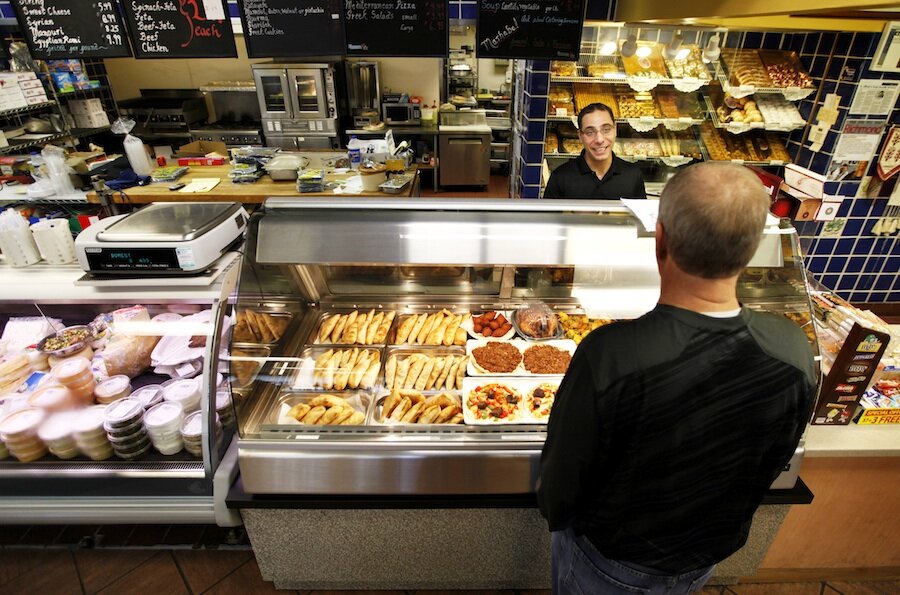Consumer confidence roars to 7-year high in October
Loading...
| Washington
Demand for U.S.-made capital goods recorded its biggest drop in eight months in September, a cautionary note for an economy that otherwise seems to be moving forward at a steady clip.
A moderation in home price gains in August, also reported on Tuesday, offered a further suggestion the economy may have cooled a bit, although consumer confidence jumped to a seven-year high this month.
"The weak capital goods orders and house price data confirm the slowdown in activity, but the burst in consumerconfidence suggests that U.S. households are very optimistic about the outlook," said Millan Mulraine, deputy chief economist at TD Securities in New York.
Non-defense capital goods orders excluding aircraft, a closely watched proxy for business spending plans, fell 1.7 percent last month, the Commerce Department said. It was the largest drop in so-called core capital goods demand since January, and it surprised economists who had expected a 0.6 percent gain.
Some analysts blamed the weakness on slowing growth in China and the euro zone, but they said there was no reason for alarm, noting that an array of other manufacturing indicators have remained relatively strong.
"You have to look at the comprehensive evidence we have seen regarding manufacturing, and it tells you the manufacturing sector is doing fine," said Anthony Karydakis, chief economic strategist at Miller Tabak in New York.
A second report showed the S&P/Case-Shiller composite index of home prices in 20 metropolitan areas gained 5.6 percent in August from a year earlier. It was the slowest year-on-year increase since November 2012, and just the latest sign the housing sector continues to muddle along.
Separately, the Conference Board said its index of consumer attitudes increased to 94.5 this month, the highest reading since October 2007, from 89.0 in September. The jump came despite a sharp stock market sell-off, with households cheered by a steadily firming labor market and falling gasoline prices.
The strong confidence reading and healthy corporate earnings boosted U.S. stocks. Prices for U.S. Treasury debt were trading lower, while the dollar fell against a basket of currencies.
SHIPMENTS FALL
The mixed data was unlikely to have much of an impact on U.S. monetary policy, with Federal Reserve officials expected to show little sign of being in a hurry to start raising interest rates when they end a two-day policy meeting on Wednesday.
With core capital good orders declining, overall orders for durable goods - items ranging from toasters to aircraft that are meant to last three years or more - fell for a second straight month.
Orders have been volatile recently because of big swings in aircraft demand. Aircraft orders dropped 16.1 percent in September, which came as a surprise as Boeing had recently reported 122 new orders, up from 107 in August.
Core capital goods shipments, which are used to calculate equipment spending in the government's gross domestic product measurement, slipped 0.2 percent in September.
While the weakness in shipments suggested a slightly less robust pace of business spending in the third quarter, economists said they still thought business investment would provide a sizable contribution to third quarter economic growth.
The government's advance GDP estimate on Thursday is expected to show the economy expanded at a 3 percent annual pace in the third quarter, according to a Reuters survey of economists, after the second quarter's robust 4.6 percent rate. (Reporting by Lucia Mutikani; Additional reporting by Caroline Valetkevitch in New York; Editing by Paul Simao)







